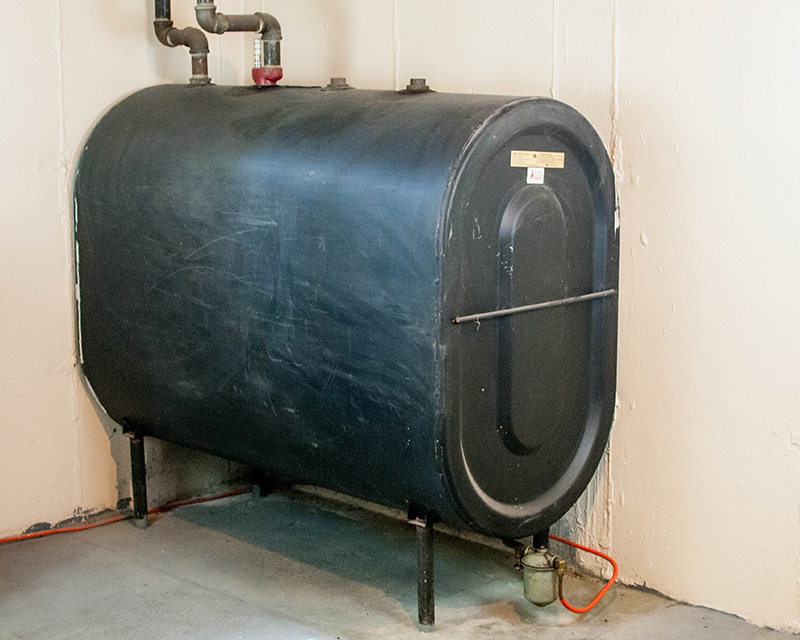The sound of an electric furnace during a cold winter night can bring happiness for many homeowners. Most of the time, the oil tank, the largely unnoticed the source of warmth – goes unnoticed until a potential problem occurs. It is vital to do proactive maintenance, like replacing the oil tank. This will ensure you and your family are secure. In this article, we’ll explore the subject of costs associated with replacing the oil tank and help you make this essential investment for the health of your home.

The significance of maintaining oil tanks: avoidance is key
Many homeowners do not realize the importance of oil tank maintenance. Oil tanks are essential to the infrastructure of your home. It is essential that you, as a responsible owner of a property take care to ensure that your heating system and storage tank for oil are operating optimally and safely. A minor oil spill could be a significant environmental and financial issue in the near future.
Understanding Average Costs: A 275 Gallon Case Study
When budgeting for home maintenance, understanding is power. Let’s take a look at the typical cost of replacing an oil tank that is 275 gals which is a standard size for heating systems in homes. In Massachusetts, New Hampshire, Rhode Island and Connecticut the average cost of replacing the 275-gallon tank for oil is $3,600. It’s important to keep in mind that this estimate is based on the assumption of a simple replacement in the basement or in an outdoor space without major access challenges.
The value of an oil tank replacement is greater than the price tag
The cost of replacing your oil tank might seem high at first but it’s an investment in your home’s safety and security in the long run. Here’s why:
Safety first: Old oil tanks may leak, creating a fire risk and contaminating the environment. This is prevented by replacing your tank, giving you and your family peace of peace of.
Maximum Efficiency: As time passes older oil tanks can become less efficient and require regular oil deliveries to keep heat. The newer tanks run at the highest efficiency, potentially reducing heating costs in long-term.
You’ll be able to enjoy peace of mind for years to come: A new oil storage tank provides reliable service that will last many years, eliminating any concerns about leaks or sudden breakdowns during the cold winter months.
Factors Affecting Oil Tank Replacement Costs
A 275-gallon replacement tank costs around $3,600. This is an excellent base. The final cost can depend on a number of variables:
Tank Size Tank Size: The cost of replacing larger tanks is higher than for smaller tanks.
The Tank’s location The removal and replacement of an underground tank is typically more expensive than one that is located in an readily accessible basement or crawlspace.
The costs of labor to remove and installation of the tank will increase if it is difficult to get rid of due to nearby structures or small spaces.
The correct disposal of an old tank could result in additional costs.
Planning for the replacement of oil tanks The Future of Your Home
Tanks for oil typically have a lifespan of 15 to 30 years, according to various aspects. It is possible to plan the replacement of your tank in advance if you know the approximate age. Schedule a professional to inspect the tank to obtain a more precise estimate of the cost for replacement. See more at Oil tank replacement cost near me
Invest in the Safety and Sustainability of Your Home
It’s not only about staying warm and comfortable. Replacing the oil tank can be an investment in the environment. Older oil tanks may leak into the soil, contaminating it and groundwater. Modern oil tanks comply with stricter environmental guidelines, which assures a responsible storage of oil while protecting the environment from harm.
Power is knowledge: How to take control of your home’s health and well-being
Make informed choices about your home maintenance by understanding the costs of replacing an oil tank. By prioritizing proactive tank replacement it ensures a secure energy-efficient, ecologically responsible heating system for the years to come. Don’t be astonished by an oil tank problem in the middle of winter. Make a plan and budget for this home maintenance project so that you can stay warm and comfortable during the coldest months.
